Materials Science and Technology A Comprehensive Treatment Corrosion and Environmental Degradation, Volumes I+II
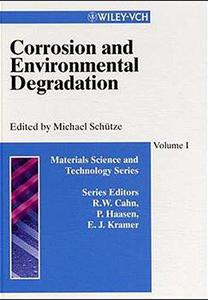
Materials Science and Technology: A Comprehensive Treatment: Corrosion and Environmental Degradation, Volumes I+II By
2000 | 1082 Pages | ISBN: 3527299718 | PDF | 27 MB
Corrosion and corrosion protection is one of most important topics in applied materials science. Corrosion science is not only important from an economic point of view, but, due to its interdisciplinary nature combining metallurgy, materials physics and electrochemistry, it is also of high scientific interest. Nowadays corrosion science even gets new impetus from surface science and polymer chemistry. This two-volume reference work belonging to the well renown series Materials Science and Tehcnology provides the reader with a sound and broad survey on the whole subject - from the fundamentals to the latest research results. Written by a team of international top-experts it will become an indispensable reference for any materials scientist, physicist or chemist involved in corrosion science. Content: Chapter 1 Phenomenological and Electrochemical Fundamentals of Corrosion (pages 1-66): Hans?Henning StrehblowChapter 2 Fundamentals of High Temperature Corrosion (pages 67-130): Michael SchutzeChapter 3 Passivity of Metals and Alloys (pages 131-169): Philippe Marcus and Vincent MauriceChapter 4 Microbial Corrosion (pages 171-205): Wolfgang SandChapter 5 Environment Sensitive Fracture (pages 207-263): Thierry Magnin and Pierre CombradeChapter 6 Effect of Multiphase Flow on Corrosion (pages 265-284): Madan Gopal and W. Paul JepsonChapter 7 Novel Electrochemical Techniques in Corrosion Research (pages 285-381): Guido Grundmeier, Klaus?Michael Juttner and Martin StratmannChapter 8 Cathodic and Anodic Protection (pages 383-470): Romuald Juchniewicz, Jezmar Jankowski and Kazimierz DarowickiChapter 9 Environmentally Friendly Corrosion Inhibitors (pages 471-537): Erika Kalman, Ilona Felhosi, Franciska H. Karman, Istvan Lukovits, Judit Telegdi and Gabor PalinkasChapter 1 Corrosion of Steels (pages 1-68): Michael HagenChapter 2 Corrosion of Non?Ferrous Alloys. I. Nickel?, Cobalt?, Copper?, Zirconium?and Titanium?Based Alloys (pages 69-111): Raul B. RebakChapter 3 Corrosion of Non?Ferrous Alloys. II. Aluminum?Based Alloys (pages 113-130): Osami SeriChapter 4 Corrosion of Non?Ferrous Alloys. III. Magnesium Alloys (pages 131-171): Guangling Song and Andrejs AtrensChapter 5 High?Temperature Corrosion of Metallic Alloys and Coatings (pages 173-228): Brian GleesonChapter 6 High?Temperature Oxidation and Corrosion of Intermetallics (pages 229-325): M. P. Brady, B. A. Pint, P. F. Tortorelli, I. G. Wright and R. J. Hanrahan Jr.Chapter 7 Corrosion of Ceramic Materials (pages 327-388): Elizabeth J. Opila and Nathan S. JacobsonChapter 8 Corrosion of Steel in Concrete (pages 389-436): B. ElsenerChapter 9 Corrosion Engineering of Electronic and Photonic Devices (pages 437-467): R. B. Comizzoli, R. P. Frankenthal and J. D. SinclairChapter 10 Degradation and Stabilization of Polymers (pages 469-507): N. C. Billingham


![S.T.A.L.K.E.R. 2 / STALKER 2: Heart of Chornobyl - Ultimate Edition (2024) [+UPDATE 23.12.2024 - v1.1.3] ElAmigos / Polska wersja językowa](https://i.postimg.cc/Zqd8RWGY/UZG8PBE.jpg)



































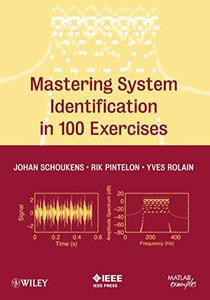
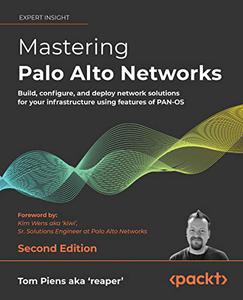
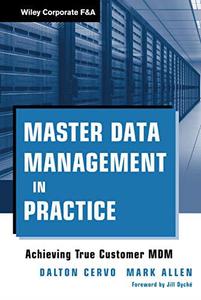

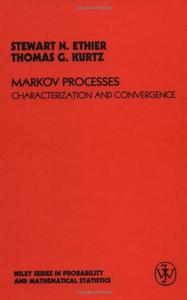


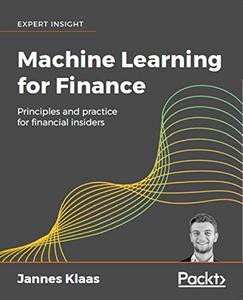
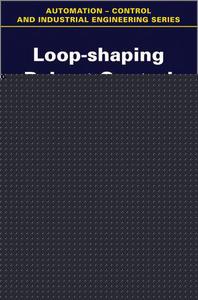







![David Gilmour - Luck and Strange (2024) [FLAC]](https://i.imgur.com/everaBc.jpeg)
![Męskie Granie Orkiestra - Męskie Granie 2024 (2024) [FLAC]](https://i.imgur.com/FAyOxrM.jpeg)
![The Rolling Stones - Hackney Diamonds (2023) [FLAC]](https://i.imgur.com/wCkyyUN.jpg)
![Lady Gaga - Harlequin (2024) [FLAC]](https://i.imgur.com/dcgIA8D.jpeg)
![Natalia Kukulska - Dobrostan (2024) [FLAC]](https://i.imgur.com/bdljG3O.jpeg)
![Kaśka Sochacka - Ta druga (2024) [FLAC]](https://i.imgur.com/hORQKvn.jpeg)
![Kuba Sienkiewicz - Pani Bóg (2024) [FLAC]](https://i.imgur.com/qijCx8Z.jpeg)
![Lanberry - Heca (2024) [FLAC]](https://i.imgur.com/8P7QfeR.jpeg)
![Sara James - PLAYHOUSE (2024) [FLAC]](https://i.imgur.com/m4f8OKg.jpeg)
![Grzegorz Hyży - EPILOG (2024) [FLAC]](https://i.imgur.com/8DA2sBr.jpeg)
![Myslovitz - WIECZORAMI CHŁOPCY WYCHODZĄ NA ULICE (2024) [FLAC]](https://i.imgur.com/l9mMtIG.jpeg)
![Krzysztof Zalewski - ZGŁOWY (2024) [FLAC]](https://i.imgur.com/vh48RAc.jpeg)
![Krzysztof Cugowski - Wiek to tylko liczba (2024) [FLAC]](https://i.imgur.com/SBzgqe2.jpeg)
![Nosowska - Kasia i Błażej (2024) [FLAC]](https://i.imgur.com/mObvVXQ.jpeg)
![sanah - Pianinkowe Kaprysy (2024) [FLAC]](https://i.imgur.com/pVjjPAa.jpeg)
![Kwiat Jabłoni - Pokaz slajdów (2023) [FLAC]](https://i.imgur.com/diERHfZ.jpg)
![Robert Cichy - Spacer po Warszawie (2024) [FLAC]](https://i.imgur.com/ixleU9o.jpeg)
![Viki Gabor - Terminal 3 (2024) [FLAC]](https://i.imgur.com/Q1KCnDs.jpeg)
![Sanah - Kaprysy (2024) [FLAC]](https://i.imgur.com/71OZm4h.jpeg)
![Męskie Granie Orkiestra - Męskie Granie 2023 (2023) [FLAC]](https://i.imgur.com/U4YHo8d.jpg)




